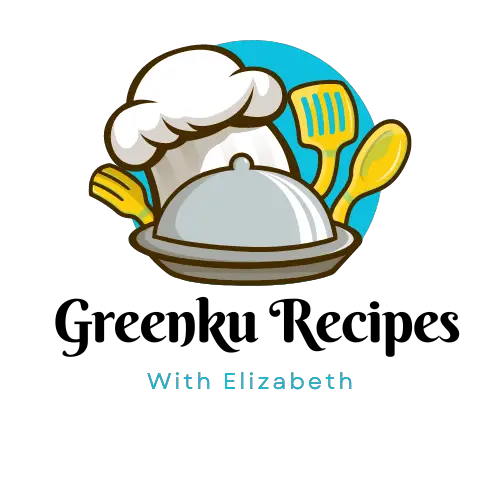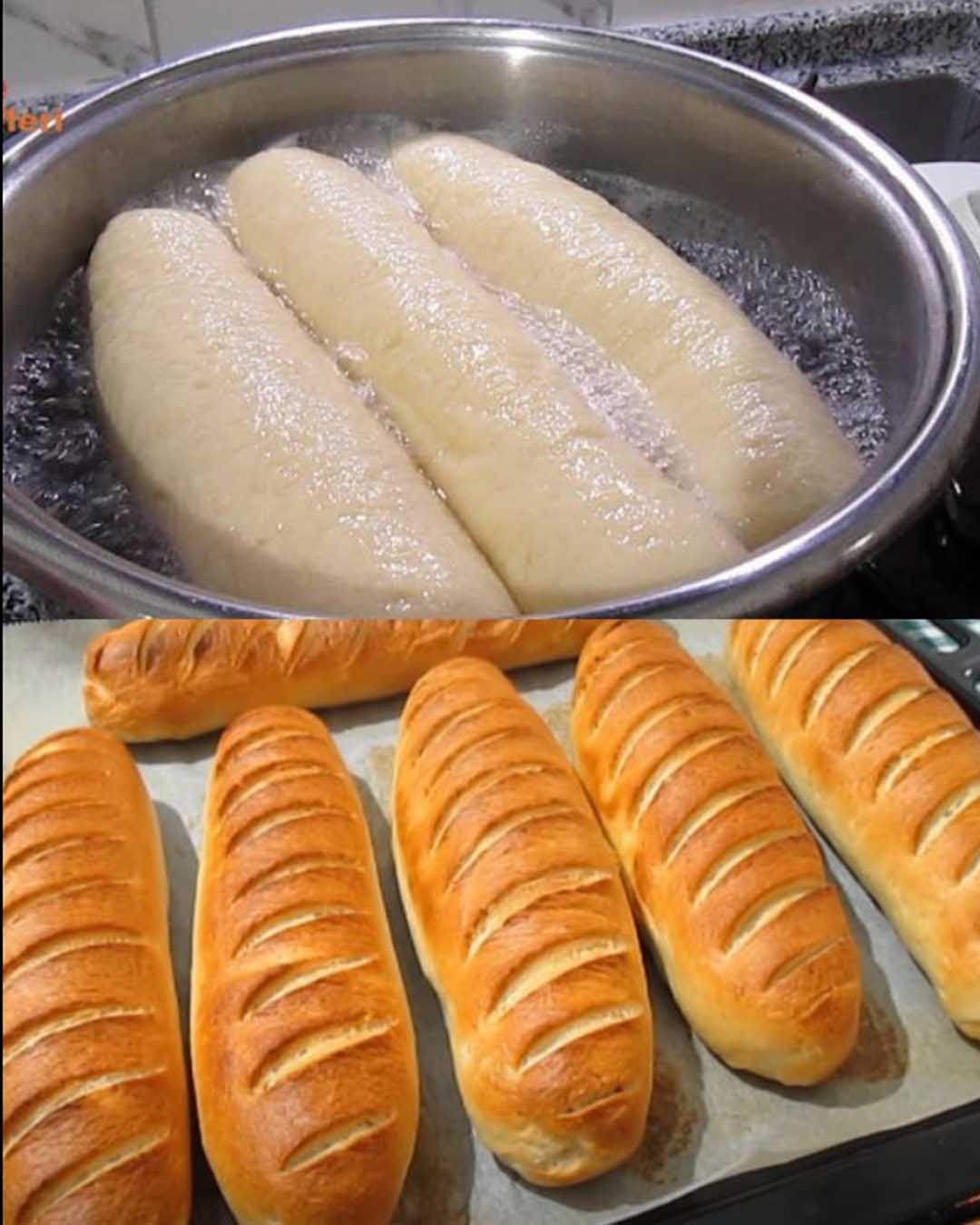Imagine enjoying freshly baked bread with a golden, crispy crust and a soft, warm interior – all made on your stovetop. This No-Oven Stovetop Bread brings the artisanal experience of bread baking into any kitchen, no oven required. It’s perfect for those who love the simplicity and satisfaction of home baking but may lack conventional kitchen appliances.
This bread is not just about convenience; it’s about rediscovering the joy of baking. Each slice offers a taste of homemade goodness, ideal for spreading with your favorite jams or serving alongside a hearty stew. The process is straightforward and rewarding, making it a great baking project for both novices and seasoned cooks alike.
Full Recipe:
Ingredients:
- 5 cups flour
- 2 cups warm milk
- 1 cup vegetable or canola oil
- 1 tablespoon dry yeast
- 1 tablespoon granulated sugar
- 1 teaspoon salt
- For boiling the dough:
- 2.5 – 3 liters of water
- 1 teaspoon salt
Directions:
- Prepare the Dough: In a large mixing bowl, combine the warm milk, sugar, and dry yeast. Stir well and let it sit for about 5-10 minutes until it becomes frothy, indicating that the yeast is active. Add the flour, oil, and salt to the yeast mixture. Mix well until a dough forms. Knead the dough on a floured surface for about 8-10 minutes until it is smooth and elastic.
- Let the Dough Rise: Place the kneaded dough in a greased bowl, cover with a damp cloth, and let it rise in a warm place for about 1 hour or until it doubles in size.
- Prepare for Boiling: Bring 2.5 to 3 liters of water to a boil in a large pot and add 1 teaspoon of salt.
- Shape and Boil the Bread: Once the dough has risen, punch it down and divide it into small balls or your desired shape. Drop the dough pieces into the boiling water a few at a time. Boil each piece for about 1-2 minutes until they puff up slightly and float to the surface, indicating they are partially cooked. Remove the partially boiled dough pieces with a slotted spoon and place them on a clean kitchen towel to drain.
- Cook on Stovetop: Heat a large skillet or griddle over medium heat. Once hot, place the boiled bread pieces on the skillet. Cook each side for about 2-3 minutes or until golden brown and crispy.
Prep Time: 15 minutes | Cooking Time: 35 minutes | Total Time: 50 minutes Kcal: 310 kcal | Servings: 8 servings
The Charm of Simplicity
The No-Oven Stovetop Bread requires minimal equipment—a stove, a pot for boiling, and a skillet for frying. It’s an ideal solution for those living in small spaces or with limited kitchen amenities, such as students in dorms or campers in the outdoors. The absence of an oven doesn’t compromise the bread’s quality; instead, it highlights the bread’s rustic and hearty texture and the delightful crispy crust that you can achieve on a stovetop.
A Versatile Recipe for Every Meal
What sets this bread apart is its versatility. Serve it warm for breakfast with a smear of butter and jam, use it as a sandwich bread for a fulfilling lunch, or pair it with a dinner soup or stew, allowing the bread to soak up the rich flavors. It’s not just a bread but a complete experience—each slice is dense, chewy, and satisfying.
Health Benefits
Stovetop bread can be healthier than store-bought alternatives, which often contain preservatives and artificial ingredients. By making bread at home, you control the quality of ingredients. For health-conscious bakers, this recipe can easily be adapted to include whole wheat or gluten-free flour, adding nutritional benefits like increased fiber.
The Joy of Making Bread
The process of making bread from scratch is therapeutic. Kneading the dough is an exercise in mindfulness, where you can find rhythm and solace in the simple motions. Watching the dough rise and transform under your care brings a sense of accomplishment and connection to the food you eat.
Perfect for Any Skill Level
Whether you’re a novice or an experienced baker, the No-Oven Stovetop Bread recipe is straightforward and forgiving. It provides a great starting point for those new to bread making, while also offering room for experimentation for more seasoned bakers. Add herbs, spices, or other ingredients to make each loaf uniquely yours.
A Step Towards Sustainable Cooking
This recipe aligns with sustainable cooking practices by utilizing less energy than an oven. It’s an eco-friendly choice that reduces energy consumption without sacrificing the joy and quality of home baking.


